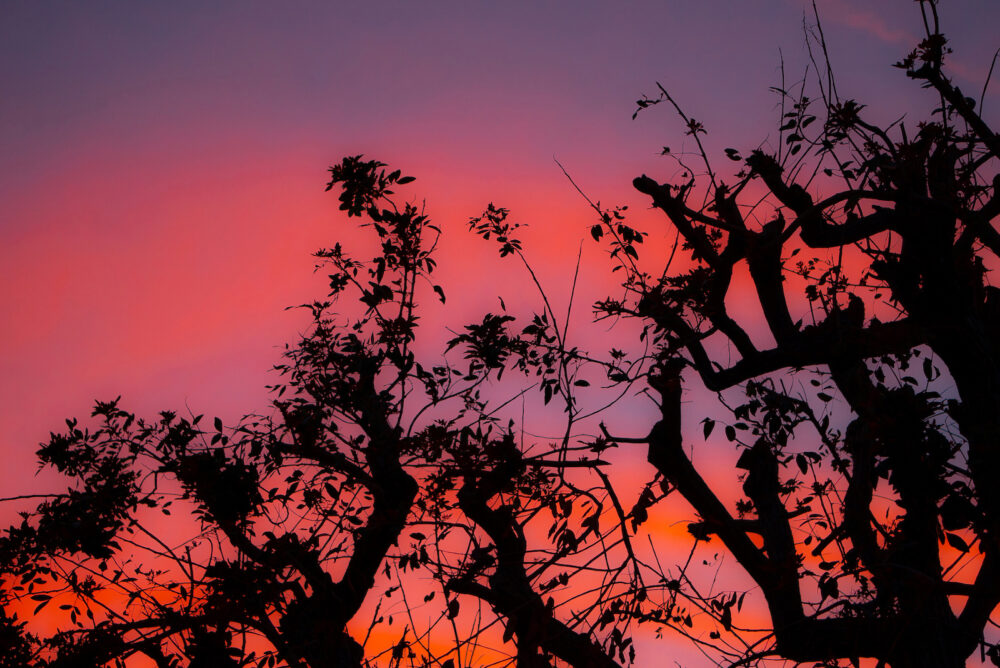
By Avrena Ghatas
In 1895, George V. Hudson, a British entomologist (insect biologist) living in New Zealand didn’t have enough time for bug hunting, so he proposed a shift of two hours forward in the clock during the summer to allow for more sunlight during the day. The Royal Society of New Zealand responded with refusal and mockery because it was seen as unnecessary and complicated.
Although it is argued that Benjamin Franklin is the first one to bring up the idea of daylight saving time in his letter to the authors of The Journal of Paris, the idea was first officially proposed by Hudson. Years later, William Willett, a British builder, proposed the idea to the British government but was also faced with rejection.
In 1916, the German government looked for a way to conserve energy during World War one (WWI) and implemented Willett’s idea to set the clock forward by one hour. Soon after, countries that fought in WWI such as the United Kingdom and France followed.
Two year later, the United States passed the Standard Time Act which was later to be discontinued, but some states continued to practice Daylight Saving Time (DST) by turning clocks forward in the spring and backwards in the fall.
There are many pros and cons to DST, commonly mispronounced as “daylight savings time.” Some cons include sleep deprivation causing more heart attacks and traffic accidents. One of the pros of DST is that it helps conserve energy, but researchers say that it’s becoming less effective as years go by and more technological advances are made.

In 1966, the U.S. passed the Uniform Time Act of standardized time zones that “uniforms” daylight saving practices across the country. However, states are allowed to pass laws exempting themselves.
DST is currently observed in 48 states excluding Hawaii and Arizona due to their climate. Hawaii’s sunny weather all year round makes DST ineffective. Arizona also experiences extreme weather between 90 to 120 degrees fahrenheit in the summer which means more use of air conditioners and consequently higher electricity bills.
California, Florida and Georgia voted to make DST permanent, but in order for that to take effect, federal law would have to change. Although federal law prohibits DST from being observed year-round, some states like Idaho, Louisiana, Ohio and more are pushing for DST to be permanent year-round.
This year, DST begins on Sunday, Mar. 14 at 2:00 a.m. and ends on Sunday, Nov. 7 at 2:00 a.m. Make sure to change your clocks to match DST.





